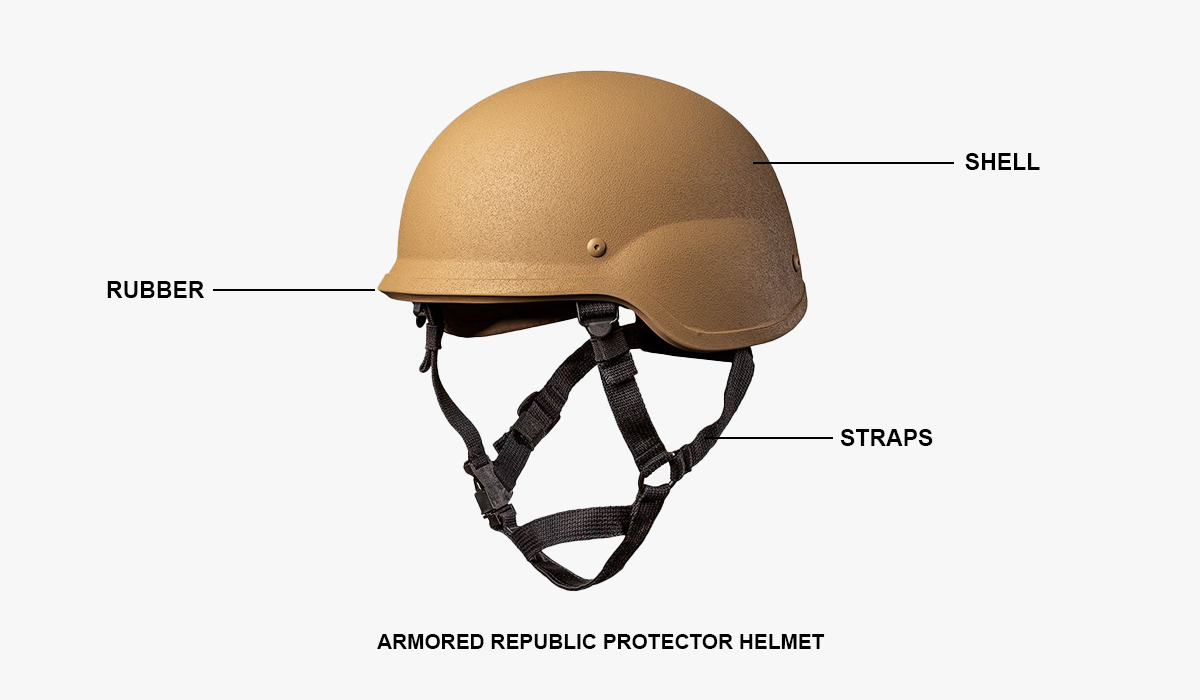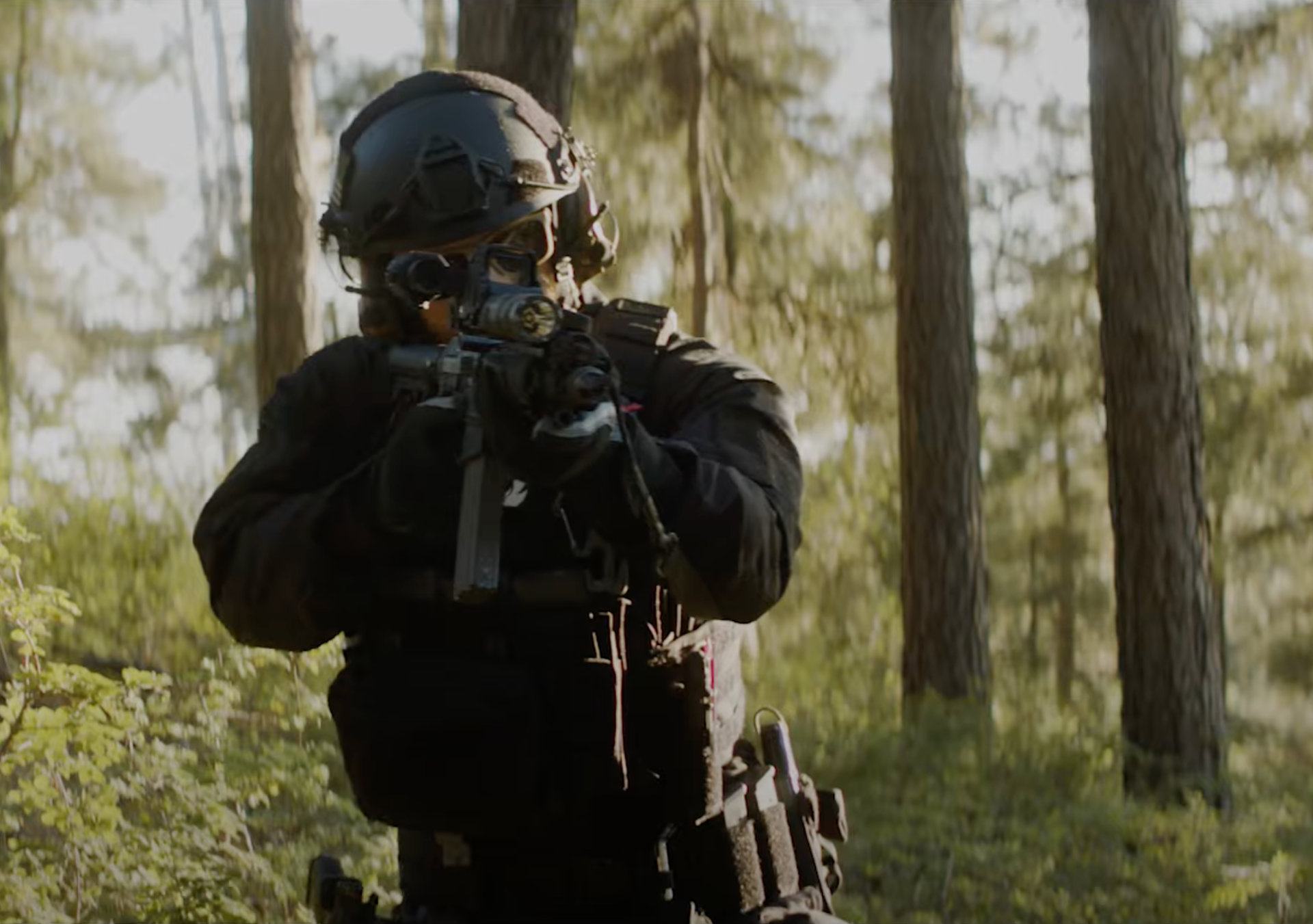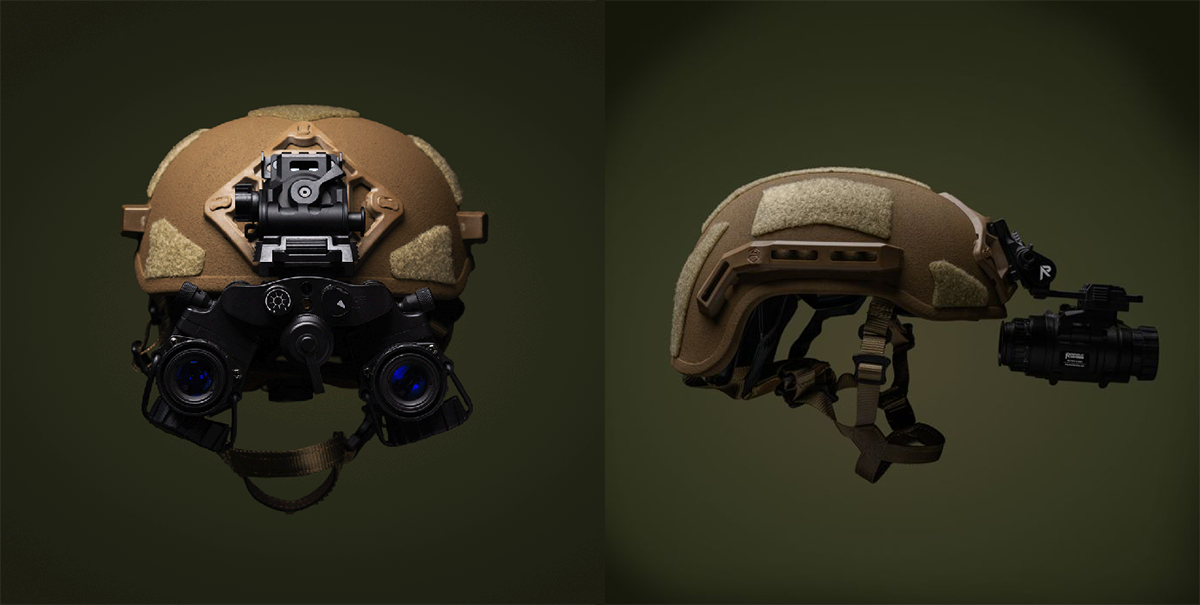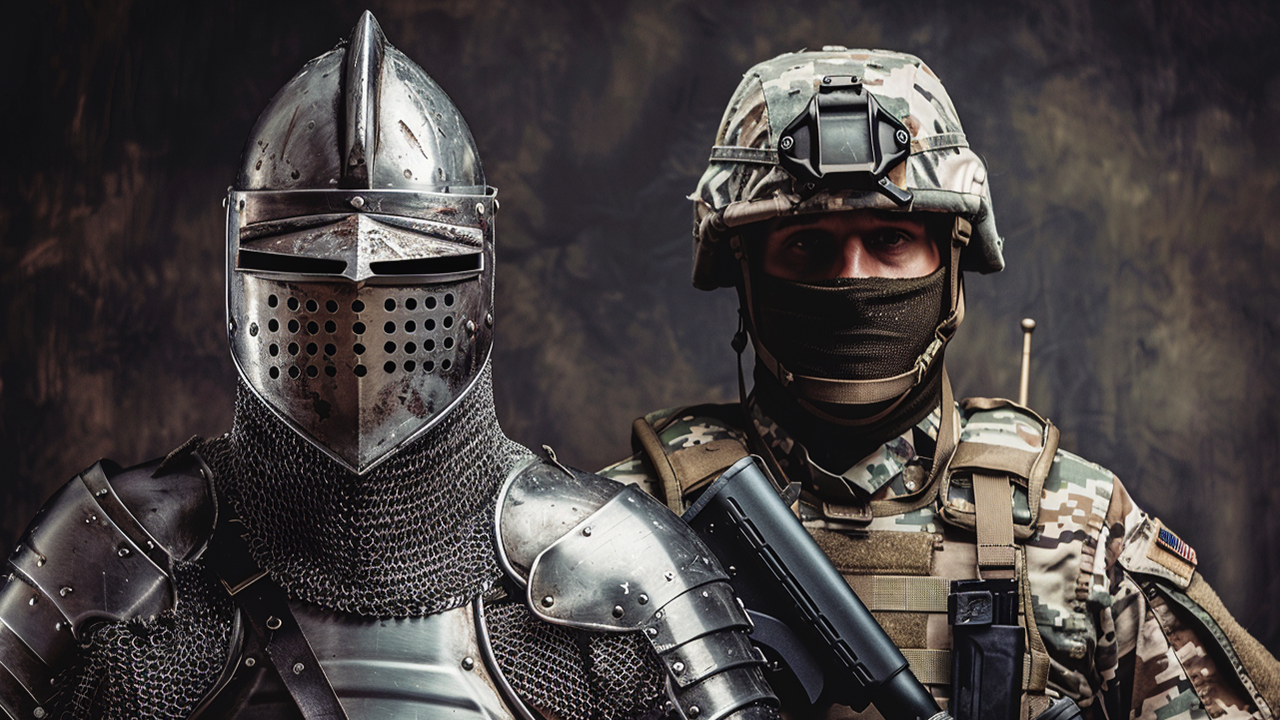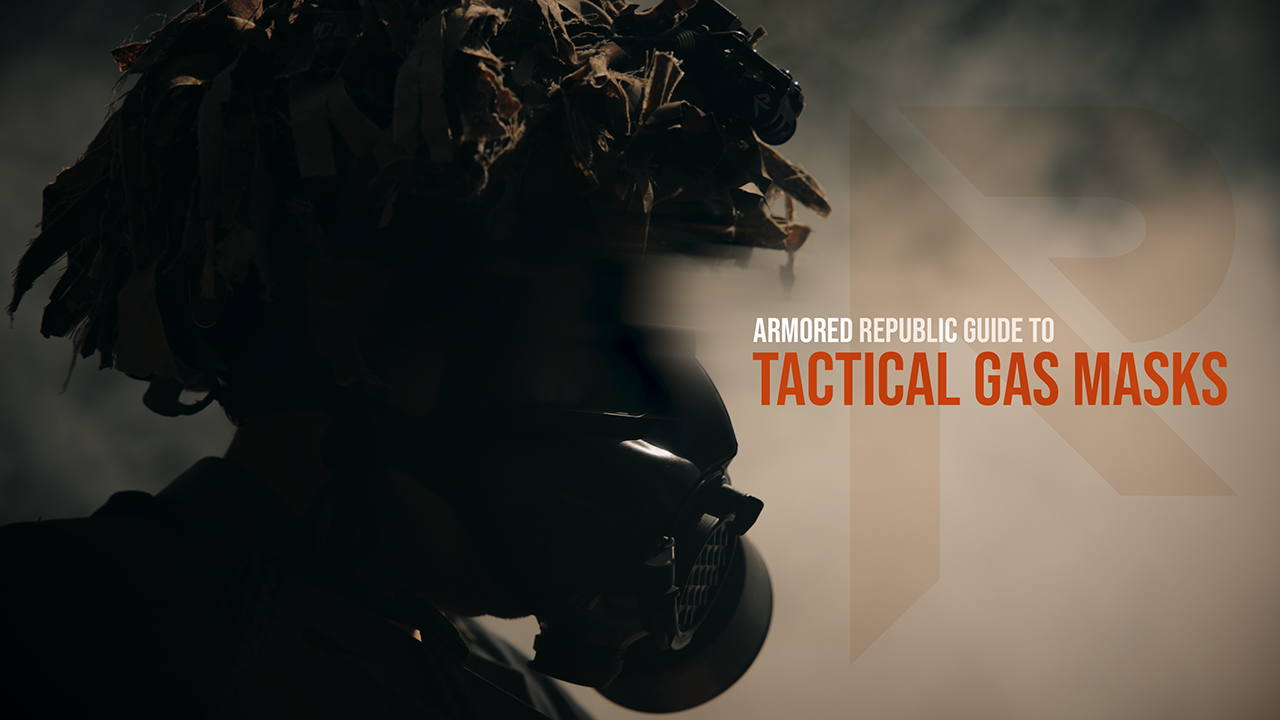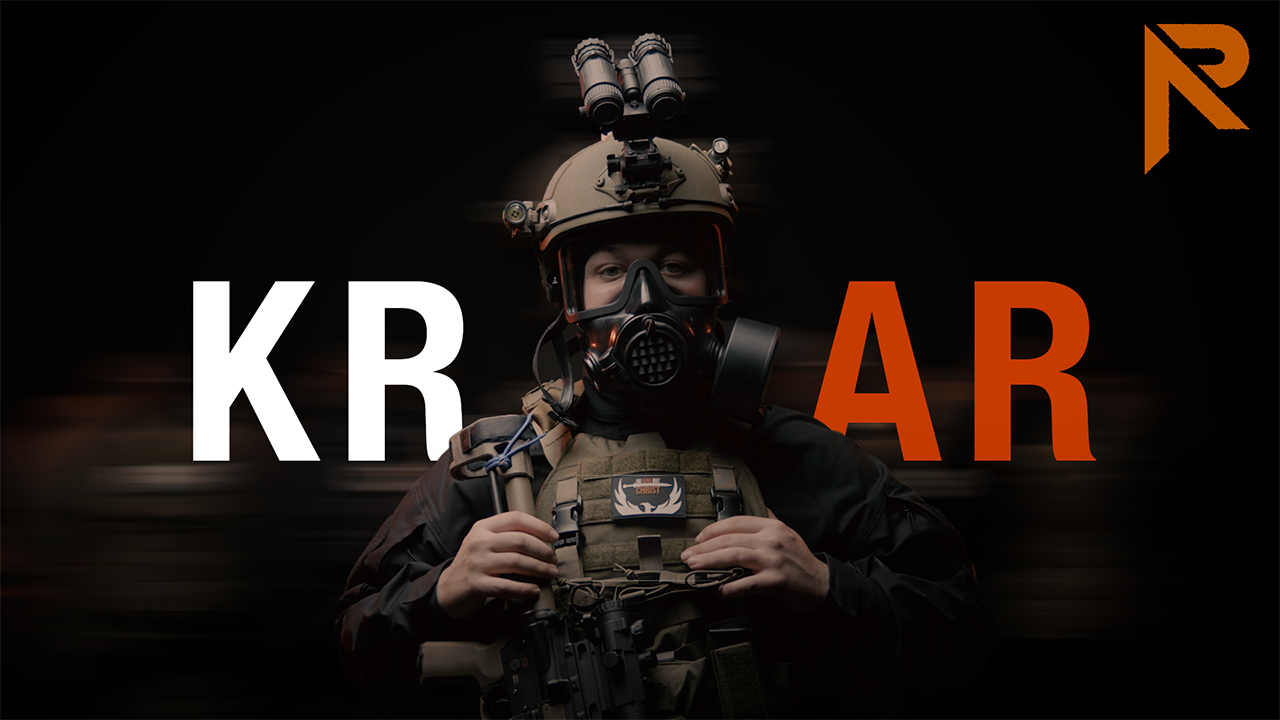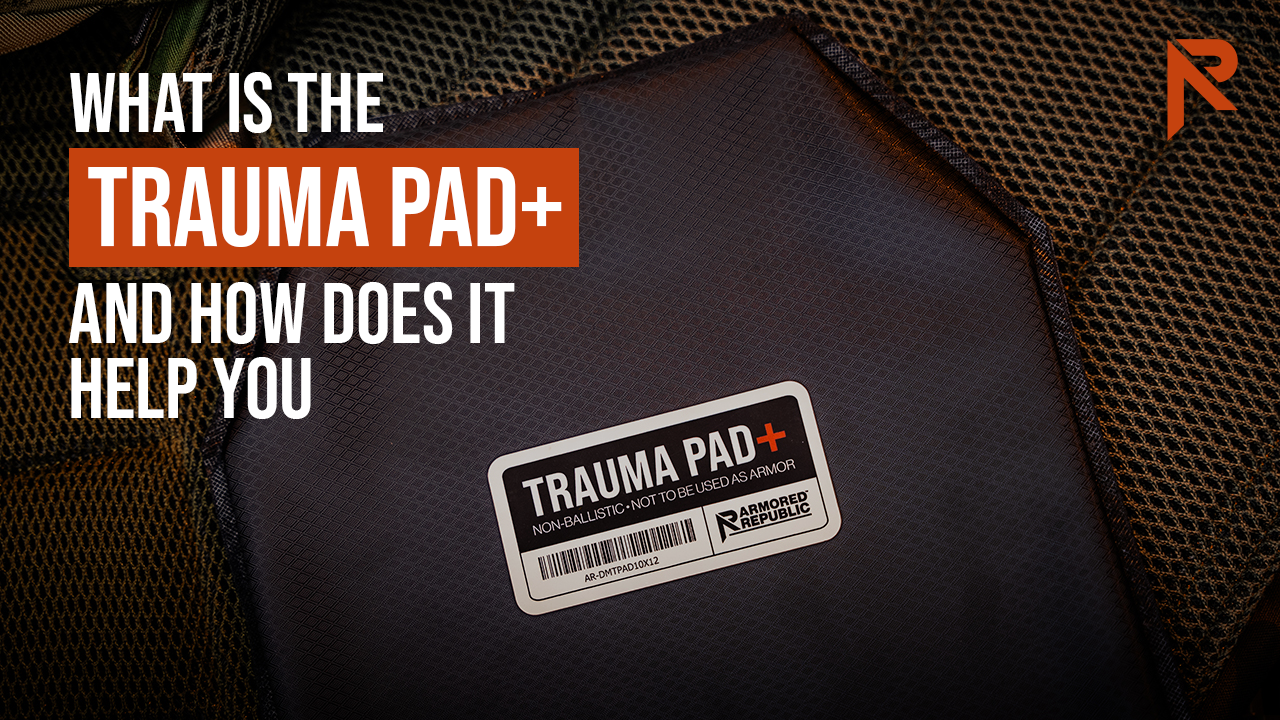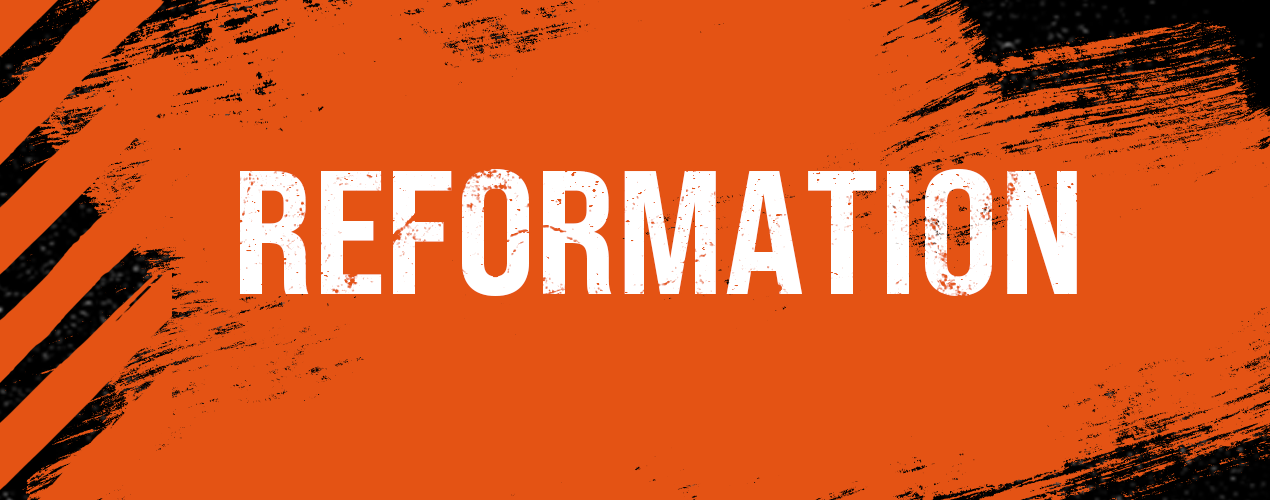How to Choose the Right Ballistics Combat Helmet
- By AR500 Armor
- Apr 8, 2024
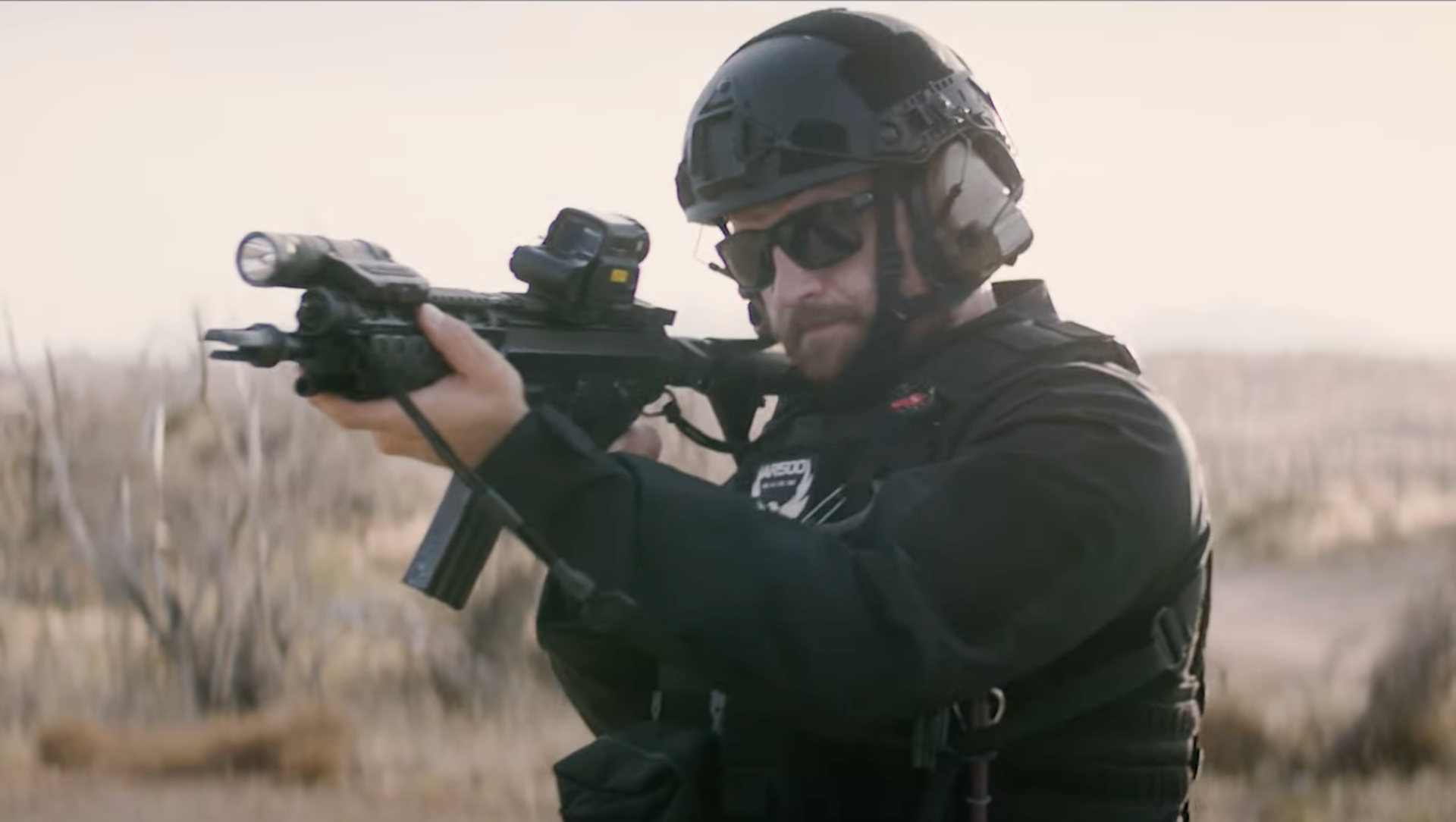
A Buyer's Guide to Ballistic Combat Helmet Materials, Design, and Features
In the realm of tactical gear and personal protective equipment, the combat helmet stands out as a fundamental necessity. It's not just essential gear for military and law enforcement professionals but also crucial for anyone committed to their mandate of safeguarding their home and family or serving as a civil magistrate in hostile conditions. A high-quality combat helmet offers comprehensive protection, shielding against ballistic threats such as bullets and shrapnel, as well as providing defense against blunt force impacts, flying debris, and various hazards encountered in the field. This piece of equipment is designed to offer head protection, ensuring that those in combat scenarios have the necessary armor against all types of threats.
This guide will help you choose the right ballistic combat helmet by exploring the essential materials, designs, features, and historical context necessary when selecting a combat helmet that ensures maximum protection, without sacrificing the comfort or functionality.
Understanding Combat Helmet Materials and Their Protective Capabilities
The materials used in a combat helmet's construction are the primary determinant of performance. Here are some of the most common materials found in modern ballistic combat helmets:
1. Steel
Known for its durability and ballistic resistance, steel was historically used in combat helmets to provide protection against shrapnel and bullets. However, steel helmets are heavier than those made from modern materials, which can limit mobility and comfort.
2. Aramid Fibers
Aromatic polyamides, known commercially as aramid fibers, entered the market in the early 1960s, leading to the development of a meta-aramid fiber. This material, popularly known as Kevlar, set the benchmark for ballistic-resistant materials in body armor and combat helmets.
3. Ultra-High Molecular Weight Polyethylene (UHMWPE)
UHMWPE offers superior ballistic protection compared to aramid fibers while being lighter in weight. However, UHMWPE is more expensive to create and can be susceptible to environmental degradation over time.
4. Hybrid Composites
Many modern combat helmets combine multiple materials, such as aramid fibers and UHMWPE, to leverage the strengths of each material and provide enhanced multi-threat protection. These hybrid composites can offer superior ballistic and impact resistance while maintaining a lightweight design.
Ballistic Helmet Design and Construction
In addition to the materials used, the design and construction of a combat helmet play a crucial role in determining its effectiveness and wearability. Here are some key design factors to consider:
- Performance: The primary function of a combat helmet is to protect the wearer's head from threats such as shrapnel, fragments, bumps and hand-gun level threats.
- Backface Deformation: This factor combines ballistic performance and impact protection, referring to the indentation or bulge on the inside surface of the helmet caused by the force of a stopped bullet or projectile. It's important to select helmets that minimize backface deformation to reduce the risk of injury from blunt force trauma.
- Impact Protection: Beyond ballistic threats, combat helmets must also provide protection against blunt impacts from falls, debris, or other non-ballistic hazards. Effective impact protection is achieved through a combination of materials, padding, and suspension systems that absorb and dissipate energy.
- Weight and Balance: While protection is paramount, excessive weight can lead to fatigue and reduced mobility for the wearer, and even long term neck and spine damage. Seek out combat helmets that strike a balance between protection and weight, ensuring a comfortable and well-balanced design that minimizes strain on the neck and shoulders during extended use.
- Ventilation and Comfort: Wearing a combat helmet in hot or humid environments can quickly become uncomfortable. Look for helmets with built-in ventilation systems, moisture-wicking liners, and adjustable suspension systems that promote airflow and help regulate temperature.
- Modularity and Customization: To many, a helmet’s chief function is not protecting, but rather carrying night vision devices, communication systems, or protective visors. This versatility ensures that the helmet can adapt to evolving mission requirements or environmental conditions.
Advanced Features in Ballistic Combat Helmets for Tactical Advantage
To further enhance the functionality and versatility of a combat helmet, consider the following features and accessories:
- Retention Systems: A secure and adjustable retention system, such as a dial-fit or pad system, is essential for ensuring a snug and comfortable fit while preventing the helmet from shifting or falling off during strenuous activities or impacts.
- Accessory Rails and Mounts: Helmets with integrated accessory rails or mounting platforms allow for the attachment of additional gear, such as night vision goggles, communication devices, or action cameras, enhancing situational awareness and mission capabilities.
- Visors and Mandible Guards: Depending on the operational environment, visors or mandible guards can provide extra protection for the face and jaw area, shielding the wearer from ballistic threats, shrapnel, or environmental hazards like flying debris or harsh sunlight. Its worth noting mandible guards and face shields can be detrimental given you cannot properly bring your cheek to a rifle stock. Face shields are primarily used for riot gear and mandible guards are all but extinct.
- Communication Systems: Integrated communication systems, such as headsets or bone conduction devices, can greatly improve situational awareness and team coordination by enabling hands-free communication and reducing auditory interference.
- Night Vision Compatibility: For operations in low-light or night-time conditions, consider a helmet that is compatible with night vision devices, featuring appropriate mounting points and cutouts for seamless integration with products like the Republic Defense PVS-14 and PVS-31. When you have Night Vision on a helmet, you will also need to balance your helmet so the weight of the device is off set evenly. You can use Battery packs and IR/ WH lights to help balance the load.
The Evolution of Combat Helmets
The development of combat helmets over the centuries showcases the technological and tactical advancements in military equipment, providing valuable context for their modern capabilities and features.
How Combat Helmets Work
Understanding how combat helmets work is fundamental to appreciating their design and evolution. Historically, combat helmets, like the early steel versions used in World War I, were not designed to stop bullets directly. Instead, their conical surfaces and shapes were intended to deflect or redirect projectiles and shrapnel. These helmets acted more like "hard hats," providing protection from explosive fragmentation, debris, and falling hazards rather than directly stopping a bullet projectile.
Shifts in Helmet Design During the World Wars
This approach to helmet design, which primarily aimed at deflecting or redirecting projectiles rather than stopping them outright, was prevalent up until the development of significant advancements during the World Wars. The introduction of the M1917, known as the "Brodie Helmet," an English helmet issued by the US during WWI, marked a pivotal shift in helmet design philosophy towards better protection against ballistic threats. This trend continued and evolved with the adoption of the M1 helmet during World War II. The M1 helmet, made and issued by the US from WWII through the Vietnam War, not only aimed to improve direct ballistic protection but also introduced features like improved coverage and detachable liners for a more custom and comfortable fit.
Advancements Post-World War
These advancements represented a significant evolution in combat helmets, focusing more on directly absorbing and dissipating the energy of impacts while still incorporating elements that would help deflect projectiles. This period marked a transition from helmets serving as "hard hats" for deflecting debris and shrapnel to more sophisticated designs capable of offering enhanced protection against a variety of threats, marking continuous improvement in protection, comfort, and functionality.
Kevlar Protection and Beyond
The invention of Kevlar® by Stephanie Kwolek in 1965 brought a revolutionary change, leading to the development of helmets like the PASGT (Personal Armor System for Ground Troops) in the 1980s, which offered enhanced ballistic protection and comfort. As military technology continues to advance, combat helmets are seeing further innovations, providing even greater protection and functionality.
Ensuring Long-Term Combat Helmet Reliability
When selecting or upgrading a combat helmet, understanding what contributes to its reliability is paramount. This guide dives into the features and enhancements that are critical for ensuring a helmet's effectiveness over time, providing protection when it matters most.
Flush-Fitting Bolt Patterns: Importance and Impact
- Why They Matter: Flush-fitting bolt patterns are essential for reducing the helmet's snagging risk on equipment or vegetation in dynamic environments. A helmet snagging can result in temporary unprotection, disorientation, or even equipment loss in critical moments.
- Impact on Reliability: Helmets designed with flush-fitting attachments offer a sleeker profile, which not only enhances the wearer's mobility but also ensures the durability of mounted accessories. By preventing snagging and potential damage, these designs contribute significantly to the helmet's overall reliability and operational lifespan.
Enhanced Helmet Pads and Chin Straps: Comfort and Security
- Comfort Equals Compliance: Enhanced helmet pads not only increase comfort but also improve fit and impact protection. A well-fitting helmet with superior padding is more likely to be worn correctly and consistently, thus providing reliable protection.
- Secure Fit for Safety: Adjustable and durable chin straps ensure the helmet stays in place, safeguarding the wearer against impacts and ballistic threats. A helmet that can maintain its position during rigorous activities is essential for dependable protection.
- Material Insights: Understanding Helmet Composition
- Material Choices and Their Impact: The type of material used in a helmet's shell—be it aramid fibers, ultra-high-molecular-weight polyethylene (UHMWPE), or hybrid composites—directly affects its weight, durability, and level of ballistic protection. Knowledge of these materials helps in selecting a helmet that meets specific needs without compromising on safety or comfort.
- Longevity and Protection: Advanced materials can offer high levels of ballistic protection while being lightweight, but they may vary in their resistance to environmental factors like UV light and temperature extremes. Understanding the material characteristics can guide proper care and maintenance, extending the helmet's service life.
Helmet Covers: Protective Benefits
- UV and Environmental Protection: Continuous exposure to UV light can weaken helmet materials, reducing their ballistic protection capability over time. Helmet covers act as a shield against direct sunlight and environmental elements, preserving the material's integrity and ensuring sustained protection.
- Adaptability and Maintenance: Beyond protection, helmet covers offer camouflage flexibility, easy maintenance, and the ability to add patches or identification markers. This adaptability is crucial for helmets used in varying operational contexts, making covers an invaluable asset for maintaining helmet reliability.
Integrating Combat Helmets with Body Armor: Creating a Cohesive Protective Kit
In the realm of personal protective equipment, the relevance between combat helmets and body armor is indispensable for frontline personnel. This combination forms a comprehensive protective kit, safeguarding against a spectrum of threats encountered in hostile environments. While body armor shields the torso against ballistic and stab threats, combat helmets offer critical protection for the head, arguably the most vulnerable part of the body in combat scenarios.
The integration of combat helmets with body armor extends beyond mere physical protection; it's about creating a cohesive system that enhances operational efficiency and effectiveness. Modern combat helmets are designed with modularity in mind, allowing for seamless compatibility with body armor systems. This design philosophy ensures that the helmet does not hinder the protective coverage of body armor, nor does it restrict movement or field of view. Moreover, the inclusion of accessory rails and mounting systems on helmets complements body armor by facilitating the use of communication devices, night vision optics, and other tactical gear. This holistic approach to personal protection ensures that soldiers and law enforcement officers are equipped to face modern threats with confidence, bolstered by a kit that provides comprehensive coverage without compromising mobility or situational awareness.
Investment in Safety & Performance with the right Ballistic Combat Helmet
Selecting the perfect ballistic combat helmet is a vital decision that significantly impacts safety and performance in tactical environments. A deep understanding of the advanced materials, innovative design features, and pivotal historical improvements is essential to choose a helmet that offers optimal ballistic protection and comfort for your specific tactical needs.
Engaging in comprehensive training and familiarization with your chosen combat helmet is crucial for operational excellence. In other words, you have to use it! Consistent usage is key to conditioning your neck muscles for better weight support, ensuring the helmet remains secure in various combat scenarios. Familiarizing yourself with the adjustment of chin straps is necessary for a snug fit, critical in maintaining the helmet's position during dynamic movements.
Incorporating additional tactical gear, such as gas masks, communication systems (Comm mic booms) and other head-oriented gear, is vital to assess the overall effectiveness of your helmet setup. Extended use trials allow you to identify and rectify any compatibility issues, ensuring your ballistic helmet enhances your tactical readiness without compromising on protection.
In summary, the journey to achieving peak performance with your ballistic combat helmet involves careful selection based on detailed knowledge of the combat and tactical industry standards, followed by diligent practice to integrate it seamlessly with your tactical gear. This process not only prepares you for the rigors of the field but also ensures your helmet serves as a cornerstone of your protective equipment, offering unparalleled ballistic protection in every mission.
The Free Man’s Battle Crown
In the landscape of modern tactical operations, staying ahead means not just meeting the standard, but exceeding it. For those in search of unparalleled protection and tactical superiority, the AR Ballistic Helmet & Night Vision offers a fusion of top-tier ballistic defense with cutting-edge night vision capabilities. The Free Man’s Battle Crown isn't just a piece of equipment; it's a testament to the commitment to safety and operational excellence.
The AR Ballistic Helmet sets a new benchmark for safety and functionality. Engineered for Level IIIA ballistic protection, it's designed to shield against high-velocity threats including .44 Magnum. Weighing in at just 1.9 pounds for the XL size, it offers an unprecedented balance of protection and comfort. Paired with the Republic Defense PVS-14 / PVS-31 Night Vision monocular, this helmet doesn’t just protect; it empowers, illuminating the darkness with clarity and precision. Every detail, from the White Phosphor display to the minimal spots and blemishes of its Level 1 rating, reflects our commitment to equipping you with the best.
Embrace the Night with Unrivaled Protection
Manufactured with pride in the United States and assembled with meticulous care in Arizona, the AR Ballistic Helmet & Night Vision is your ally in the face of the unknown. With Armored Republic, premium protection has never been more accessible. Ready to elevate your tactical gear? Explore the AR Ballistic Helmet & Night Vision and step into the night with confidence.
